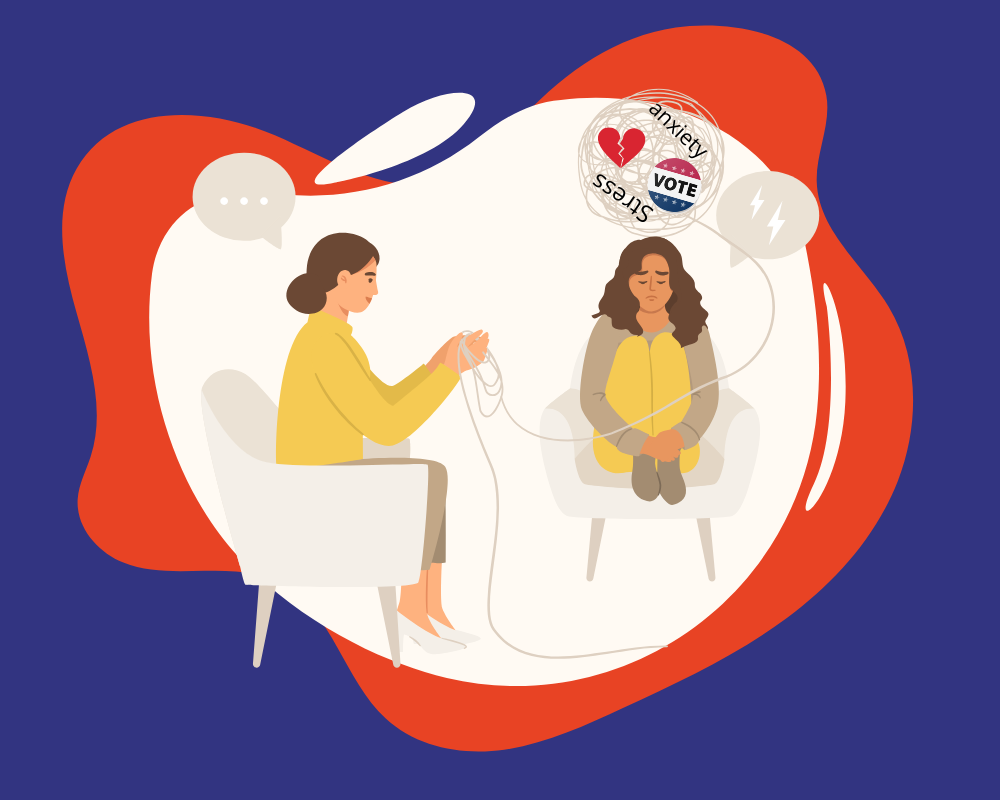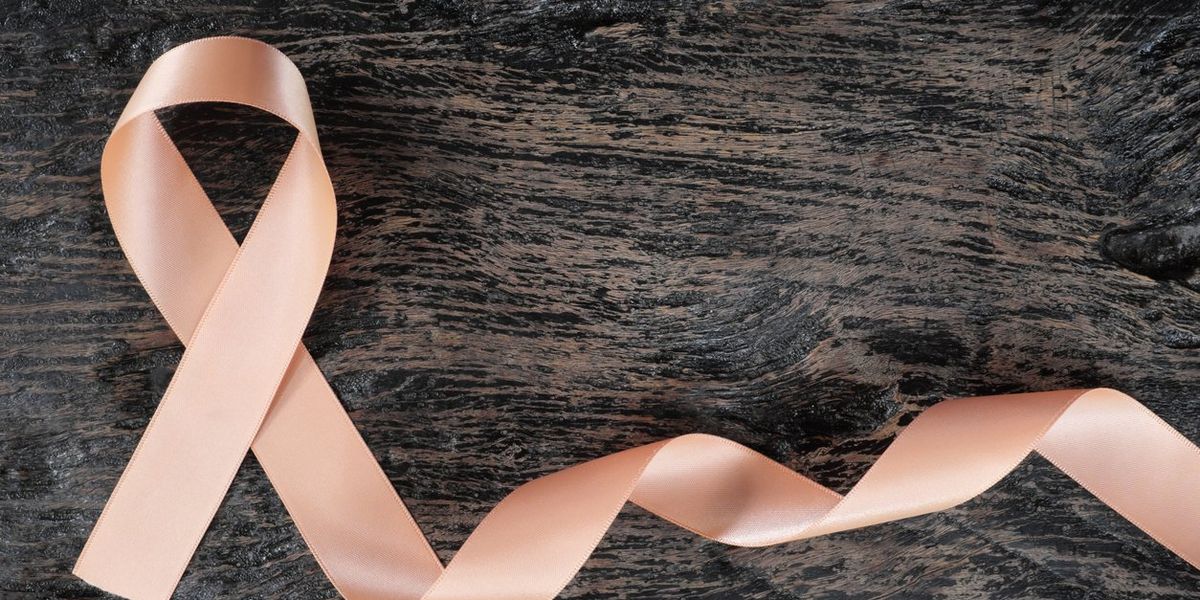
As told to Jacquelyne Froeber
I was lifting weights at the gym when I felt something rip into my neck. I wanted to scream, but the sudden burst of intense pain took my breath away. “Don’t panic,” I told myself. It was probably just a neck strain or a pinched nerve.
I went home and iced it.
The fire continued to burn.
It was the year 2000. We had all survived Y2K. I was 26 years old and had two final exams left to survive my first year of medical school.
I expected the pain in my neck to get better as finals week progressed, but it got worse. I studied human anatomy with a ring of fire holding my head. Then the flames began to spread up my back and continued to move south.
I somehow managed to get through final exams, but there was no relief from the burning pain. It was officially time to panic.
What the hell was wrong with me?
I went to medical school in Boston, so there were plenty of fancy health care providers and specialists to choose from. One by one, appointment after appointment, they all said the same thing: “We don’t know what’s wrong with you.” There was nothing to see on my scans. No neck injuries to speak of.
To top it off, some doctors said I was imagining the pain. Others said the problem was depression. They all said I needed to exercise more.
I was already working out (hence the gym injury) and tried to do more, but fatigue had set in and I was just so tired all the time. I would wake up exhausted, like I hadn’t slept all night. I was also stiff and sore, like I had run a marathon and then gotten hit by a truck over and over again.
When school started again, I had no energy left. I had just enough to study. I knew I couldn’t go to work in a hospital when I felt so bad. So I took a medical leave in my third year (which was practically unheard of), but I knew I had no other choice. I had to get better or give up on my dream of becoming a doctor.
By this time, I was desperate. I had spent every penny I had on alternative medicine, specialists, acupuncture and herbs. Nothing helped.
Someone suggested I see a chiropractor, so I half-heartedly made an appointment. During the exam, he pressed a spot on my upper body and I nearly passed out. “It’s so painful,” I cried. He pressed other areas with the same result. “I think you have fibromyalgia“, said.
“Fibro-what?” I asked. I had never heard that term in medical school, or ever. It was the first time anyone had given the pain a name. It was the first time in years that I had felt hope.
I practically ran to the bookstore and headed to the health section. I headed to the “F” section and found a copy of “Fibromyalgia and Chronic Myofascial Pain: A Survival Manual.” I grabbed the book with my warm little hands and spent the next 24 hours reading about fibromyalgia.
Everything in the book described me. I nodded as I read each line. The burning, the pain, the mental confusion… it was all my doing. It was exciting, thrilling, to finally have some answers. However, it was devastating when I learned that medical treatments were basically non-existent at the time.
Back then, fibromyalgia was considered a “cheap diagnosis,” meaning doctors thought the symptoms were fake or imagined. And doctors couldn’t offer much in the way of treatments.
Knowing what the medical community thought about my condition lit a new and different flame inside me. I knew I had to get better enough to be able to help other people find a better way to live.
Over the next few months, I used myself as a guinea pig and tracked the things that made me feel better. I was sensitive to dairy, so I changed my diet. I prioritized stress management and sleep hygiene.
A type of therapy called myofascial release That’s what helped me turn my pain around. The technique involves stretching the tissues surrounding muscles that can be inflamed in people with fibromyalgia. After the first treatment, I felt a small relief from the pain in my neck. I knew I was onto something important.
The combination of lifestyle changes and myofascial release therapy reduced my pain from a 7 to a 3. I felt well enough to return to medical school.
Although I had some idea of what the medical community thought about fibromyalgia, hearing it in person nearly broke me. At the beginning of the school year, a teaching physician announced that fibromyalgia didn’t exist. Other colleagues said that people with fibromyalgia were making it up to get disability benefits. The consensus was that people with fibromyalgia were lazy. Hopeless. A waste of “our” time.
I wanted to scream at the top of my lungs that no one had a clue what it was like to live with fibromyalgia, but I kept it to myself. If this was what my colleagues thought about my condition, what would they think of me?
At the end of school, I had to give a presentation in front of all my classmates, doctors, and teachers. I presented a case study about fibromyalgia and revealed, at the end, that it was about me. I started crying right there on the podium. I sobbed uncontrollably in front of hundreds of people and I couldn’t stop. For a long time, I had been hiding this secret. I seemed fine on the outside, but on the inside, I was going through hell.
The most important thing is that I wasn’t making it up and I wasn’t alone.
After the presentation, I was amazed at how many people lined up to thank me for speaking out about fibromyalgia. Many people said they had family, friends or patients who were going through a similar situation. The reaction was very positive; it gave me hope that things could change.
2023
After school, I dedicated my career to fibromyalgia and pain disorders. Fortunately, the medical community has changed and fibromyalgia is a recognized chronic disease and there are FDA-approved medications to help treat it, along with a variety of alternative treatments that may be helpful.
The problem is that fibromyalgia is much more complex than just taking medication. Every person is different, and some people have a hard time finding relief. I’m lucky in that medication and lifestyle help me stay at a pain level of 2 or 3. It’s manageable. And, short of a cure, that’s all anyone with chronic pain wants: to feel well enough to do the everyday things they need to do.
In 2016, I published the book “The Fibromanual: A Complete Guide to Treating Fibromyalgia for You and Your Doctor,” inspired by that desperate trip to the bookstore all those years ago. The information is still valid today, but there is also a lot of new research and knowledge about fibromyalgia. It gives me hope that one day soon, all of us who suffer from it will be able to beat it.
Do you have any real women, any real stories you’d like to share? Let us know.
Our Real Women, Real Stories are the authentic experiences of real-life women. The opinions and experiences shared in these stories are not endorsed by HealthyWomen and do not necessarily reflect the official policy or position of HealthyWomen.
Articles from your site
Related articles on the Web






